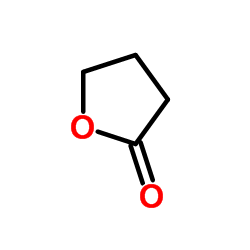| Structure | Name/CAS No. | Articles |
|---|---|---|
 |
butyrolactone
CAS:3068-88-0 |
|
 |
biopol
CAS:29435-48-1 |